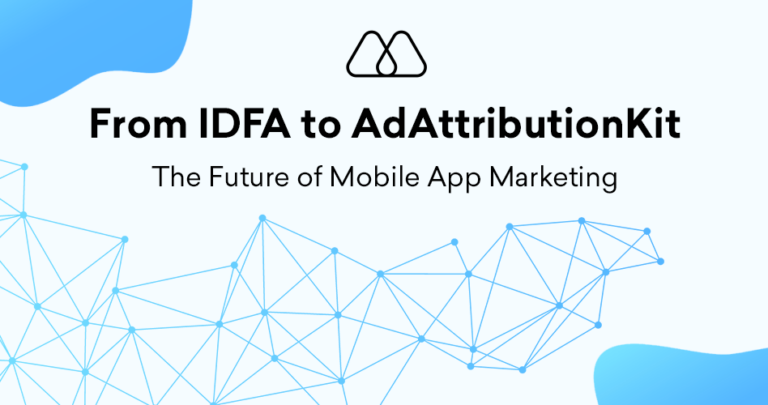In the dynamic world of digital advertising, understanding how ads are bought and sold is crucial for marketers aiming to maximize their ad spend efficacy. An ad exchange is a pivotal component of this ecosystem, providing a platform for the automated buying and selling of ad inventory across multiple networks. Interestingly, some estimates suggest that programmatic advertising, facilitated by ad exchanges, now accounts for over 60% of all digital ad spend.
What is an Ad Exchange?
An ad exchange is a digital marketplace that enables advertisers and publishers to buy and sell advertising space, typically through real-time bidding (RTB). This technology-driven approach helps efficiently match advertisers with publishers’ ad spaces that align with the advertiser’s target audience. They are primarily used to manage display, video, and mobile ads.
The Functionality of an Ad Exchange
Ad exchanges function similarly to stock exchanges but in the context of advertising space. Here’s how they typically operate:
- Publishers provide ad inventory to the exchange, detailing the types of ads they can display and the audience characteristics.
- Advertisers use demand-side platforms (DSPs) to decide which ad spaces to buy based on the target audience, price, and other campaign-specific criteria.
- Real-time bidding (RTB) processes occur, where advertisers bid on ad inventory in real-time. The highest bidder wins the right to display their ad on the publisher’s site.
Benefits of Using an Ad Exchange
- Increased Transparency: Ad exchanges provide detailed information about the ad placement and audience, allowing advertisers to make informed decisions.
- Efficiency: The bidding and placement automation reduces the need for manual negotiation and speeds up the process.
- Cost-Effectiveness: Bidding in real-time can help advertisers purchase ad space at competitive prices.
- Wide Reach: Access to a vast range of publishers from various networks increases the potential reach of campaigns.
Types of Ad Exchanges
- Open Exchanges: Allow any advertiser or publisher to participate. While offering extensive reach, they may include lower-quality inventory.
- Private Exchanges: Operation by select publishers or groups of publishers, and are invite-only, offering higher quality inventory in a controlled environment.
Challenges and Considerations
While ad exchanges offer many advantages, they also come with challenges:
- Ad Fraud: The automated nature of ad exchanges can make them vulnerable to ad fraud through bots or non-human traffic.
- Quality Control: The open nature of some exchanges may lead to inventory quality variability.
- Privacy Concerns: Data privacy and user tracking are significant concerns, especially with stringent regulations like GDPR.
Future Trends
The future of ad exchanges looks toward greater integration of artificial intelligence and machine learning to enhance targeting capabilities, improve efficiency, and combat fraud. As privacy concerns rise, there is also a move towards more private exchanges and improved data handling practices.
Key Takeaways
- Simplify Transactions: They provide a platform for automated, real-time bidding on advertising space, simplifying the transaction process between advertisers and publishers.
- Transparency and Efficiency: These platforms increase transparency and operational efficiency, allowing for more strategic ad placements and better budget utilization.
- Variety of Exchange Types: From open exchanges offer wide access to private exchanges that focus on quality and privacy, advertisers can choose, based on their needs.
- Challenges to Navigate: Ad fraud and quality control are significant challenges in ad exchanges, requiring vigilant management and sophisticated tools.
- Evolving with Technology: Ad exchanges are rapidly changing, incorporating advanced technologies to meet the demands of modern advertisers and comply with regulatory standards.
By understanding the role and functionalities of ad exchanges, companies like Miri can leverage these platforms to enhance their performance marketing strategies effectively. This knowledge enables sophisticated advertising professionals to navigate the digital advertising landscape more efficiently, ensuring maximum ROI on their advertising spends.




